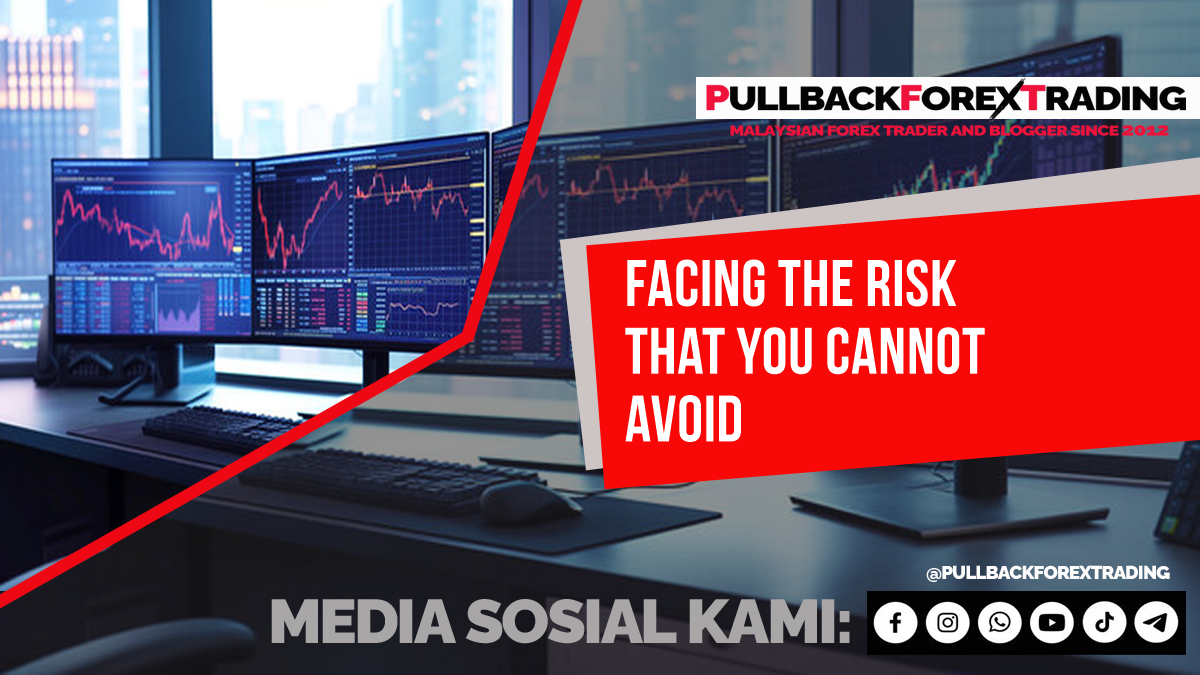
Risk Cannot Be Avoided, So Manage It
In trading, risk is an inescapable reality. Every trade you place carries the possibility of loss, and the market’s unpredictability means no strategy guarantees success. However, what separates successful traders from the rest is their ability to manage risk effectively. Here’s a comprehensive guide on how to master risk management in trading.
Remember, our job as trader is not to avoid risk, buy to manage it.
1. Set a Risk Tolerance
The first step in managing risk is determining how much of your trading capital you are willing to risk per trade. A common rule among professional traders is to risk no more than 1-2% of your account balance on any single trade. This approach ensures that even a series of losing trades won’t significantly deplete your account.
Example:
If your account balance is $10,000 and you decide to risk 1% per trade, your maximum loss for a single trade should not exceed $100.
2. Always Use Stop-Loss Orders
A stop-loss order is a non-negotiable tool for managing risk. It defines the maximum loss you are willing to accept on a trade. By placing a stop-loss at a strategic level, you protect your account from catastrophic losses while giving the trade room to breathe.
Key Tip:
Set your stop-loss based on technical analysis, such as support and resistance levels, rather than arbitrary numbers. This increases the likelihood that your trade aligns with market dynamics.
3. Practice Proper Position Sizing
Position sizing determines how large your trade should be based on your risk tolerance and the distance to your stop-loss. This ensures you don’t overexpose your account to any single trade.
Formula:
Position Size = (Account Risk × Account Balance) / Stop-Loss Distance
For example, if you’re risking 1% of a $10,000 account with a stop-loss of 50 pips, and each pip is worth $10:
Position Size = ($100) / (50 pips × $10 per pip) = 0.2 lots
4. Diversify Your Trades
Diversification helps spread risk across different trades or markets. Instead of concentrating all your capital on a single currency pair or stock, allocate it across multiple assets that are not highly correlated. This reduces the impact of a single losing trade on your overall portfolio.
5. Focus on High-Quality Setups
Not every market movement presents a good trading opportunity. Successful traders exercise patience and discipline, entering only high-probability setups that align with their strategy. This minimizes unnecessary exposure to risk.
Criteria for High-Quality Setups:
- Clear trend or range-bound market
- Strong confluence of technical indicators
- Favorable risk-to-reward ratio (e.g., 1:3 or higher)
6. Calculate and Favor Risk-to-Reward Ratios
A solid risk-to-reward ratio ensures your potential profit outweighs your potential loss. For instance, if you risk $100 on a trade, aim to make at least $300. This means you can still be profitable even if you win only 40% of your trades.
7. Keep Emotions in Check
Emotional trading can lead to impulsive decisions that deviate from your strategy. Fear, greed, and overconfidence are common pitfalls that often result in unnecessary risk. By sticking to your plan and maintaining discipline, you can avoid these emotional traps.
8. Track and Review Your Trades
Maintaining a detailed trading journal is essential for improving your risk management. Record key details such as:
- Entry and exit points
- Stop-loss and take-profit levels
- Reasons for entering the trade
- Outcome and lessons learned
Regularly review your journal to identify patterns, refine your strategy, and enhance your decision-making.
Final Thoughts
While risk in trading is unavoidable, effective risk management empowers you to control its impact on your account. By implementing the strategies outlined above, you can trade with confidence, knowing that your capital is protected even during losing streaks. Remember, the goal isn’t just to make profits but to ensure long-term survival and growth in the market.
Embrace risk management as a cornerstone of your trading journey, and it will serve as your shield against the uncertainties of the market.



